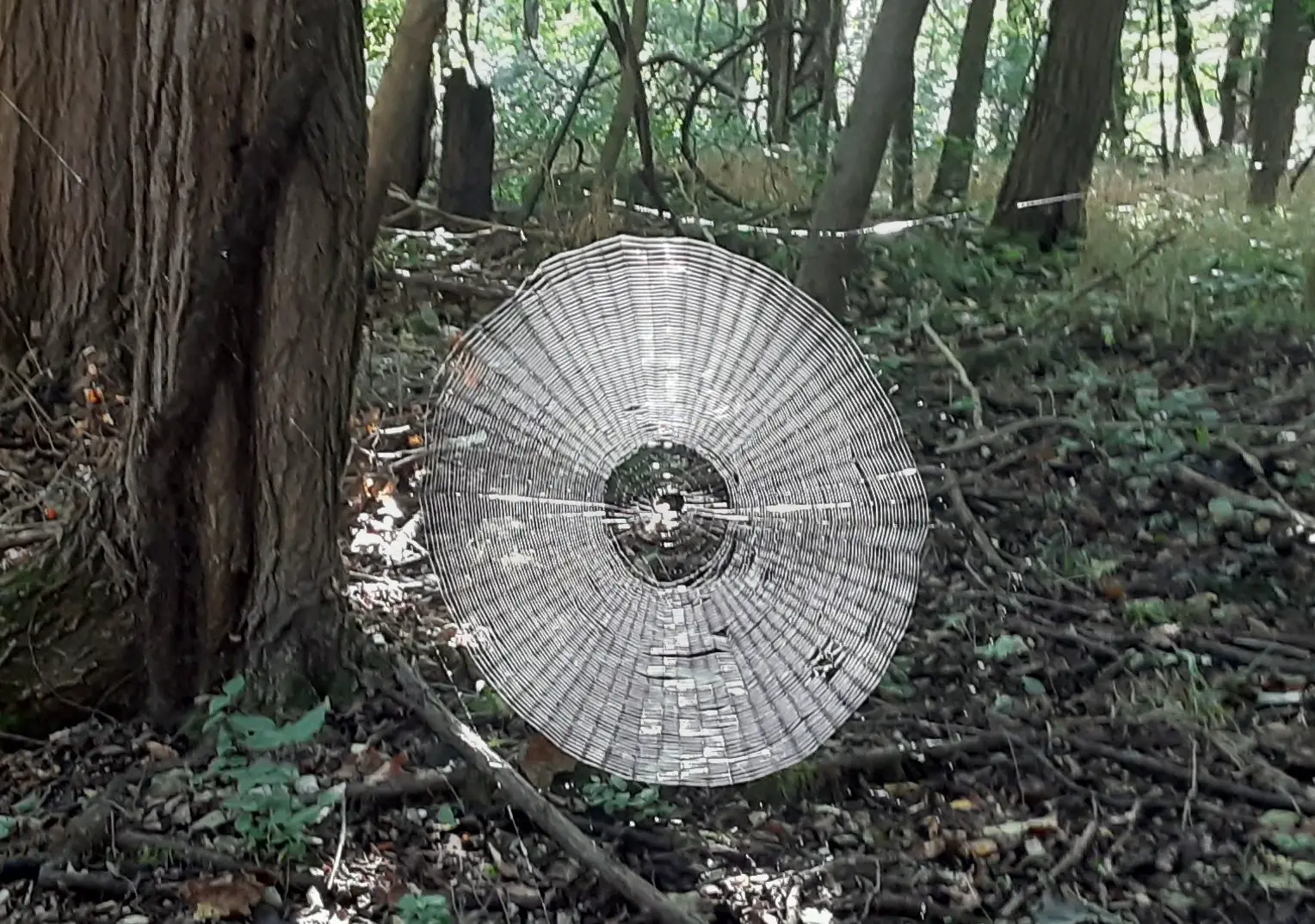A Missouri Conservation Employee Found A Massive Spider Web Big Enough To “Catch” A Human
Tags: opinion

Social media is abuzz with the recent discovery of a massive spider web in Missouri. An employee of the Department of Conservation, Missouri, captured this spider web big enough to trap a human! Just in time for the spooky season?
Francis Skalicky captured the photographs on a trail near Springfield, Missouri. This image was shared on the Department’s Facebook page on Wednesday. It shows the massive spider web constructed between 2 trees in circles. This intricate web was made by an orb weaver spider.
ORBWEAVER SPIDERWEB: MDC Media Specialist Francis Skalicky snapped a pic of the orbweaver’s spiderweb while out on a…
Posted by Missouri Dept. of Conservation on Wednesday, 30 September 2020
Orb Weavers And Massive Spider Webs
Orb-weaver spiders can grow quite big and usually are furry, mentions Missouri Department of Conservation. They feed on bugs and flies, maintaining an eco-balance in their surroundings. These arachnids are known for their intricate designs.
Hey, are you enjoying our content? Want to see also some thought-provoking videos from Truth Theory? We are on YouTube, make sure you subscribe to our YouTube channel, click HERE
But seeing this massive spider web will not make you think of any tine spider! And that too just before Halloween! Facebook users commented on the post on how the web can easily ‘catch’ a person. Spiders are not everyone’s favorite, but most users appreciated this web design. Many joked about how we always blame Australia for such creepy crawlers when back home, this is the size of spider webs!
Read: THESE GIANT TARANTULAS KEEP FROGS AS PETS AND BOTH PROTECT EACH OTHER FROM DANGERS
One person even referred to the conceptual artist Christo: “Christo has returned as an orb weaver spider!”
Orb weavers are fairly common spiders, usually, their webs are not this big. If you’re a fan of all things spooky, finding a massive spider web just in time for Halloween, really sets the mood, doesn’t it?
Image Credit: Missouri Dept. of Conservation
Leave Comment: